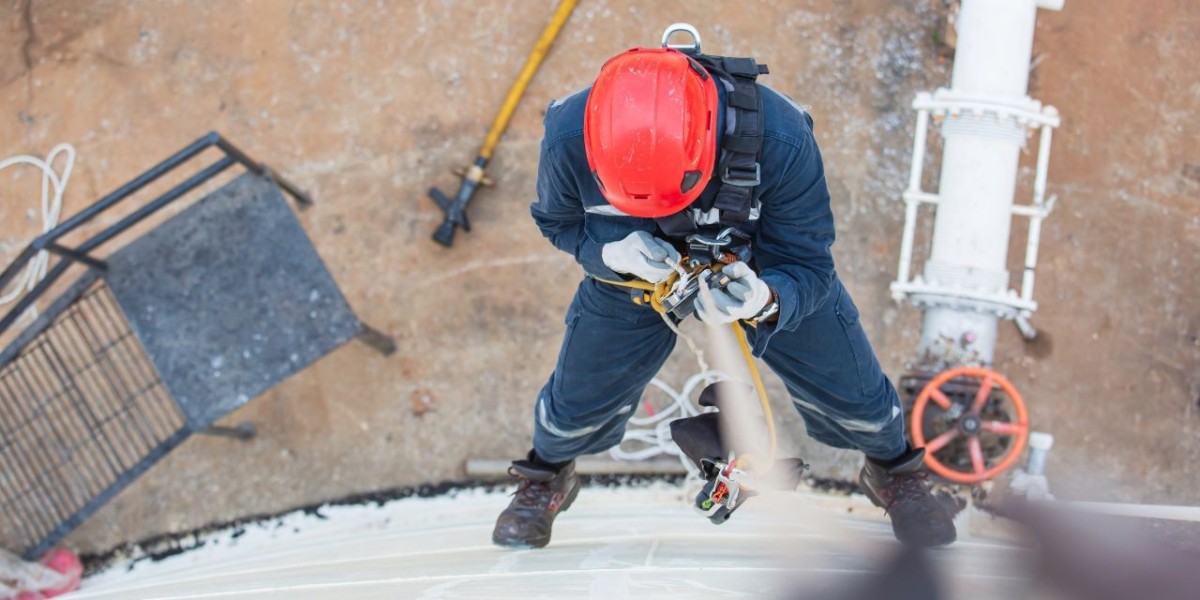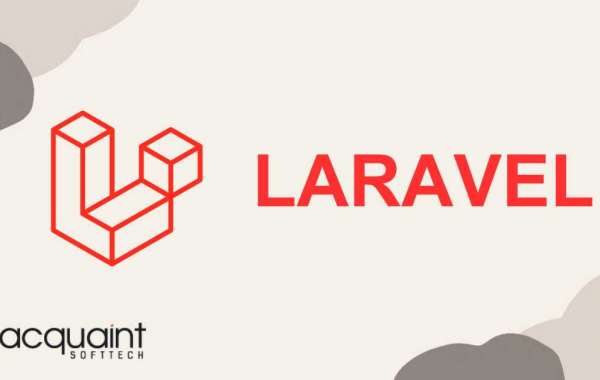While rope access offers numerous advantages over traditional methods like scaffolding, it's not without its challenges. Here, we'll delve into the complexities of rope works access in Singapore and explore strategies to overcome them:
1. Weather Conditions: Singapore's tropical climate, characterized by high humidity and frequent rain showers, can pose a significant challenge for rope access technicians. Rain can make surfaces slippery, impacting grip and maneuverability. Strong winds can also create swaying, affecting worker stability and potentially leading to equipment failure.
Mitigation Strategies: Rigorous planning becomes crucial. Technicians should schedule work for periods with minimal rain and wind. Utilizing specialized weatherproof equipment and prioritizing sheltered work areas can further enhance safety.
2. Site Specificity: Every building presents a unique set of challenges. Complex architectural features, such as overhangs, sharp angles, and uneven surfaces, can significantly complicate rope access setup and movement. Additionally, the presence of existing structures like antennas or signage might require additional planning and adjustments to the access points.
Mitigation Strategies: A thorough pre-work site inspection is vital. Technicians should meticulously assess the building structure, identify potential obstacles, and determine the most effective access points. 3D modeling and virtual planning tools can also prove beneficial in visualizing the work area and anticipating potential difficulties.
3. Limited Workspace: Unlike scaffolding, which creates a dedicated work platform, rope access offers a relatively limited workspace. This can restrict movement and hinder tasks that require extensive equipment or materials.
Mitigation Strategies: Technicians need to be highly adaptable and resourceful. Utilizing specialized tools and equipment designed for confined spaces is essential. Careful planning and coordination with clients to ensure minimal equipment and materials are brought to the work area at a time can also improve work efficiency.
4. Public Perception: Due to the seemingly precarious nature of the work, the public might perceive rope access as inherently risky. This perception can lead to concerns about safety and potential property damage.
Mitigation Strategies: Prioritizing clear communication and transparency with building occupants and the public is crucial. Displaying prominent signage and informing them about the work schedule can alleviate concerns. Additionally, adhering to strict safety protocols and maintaining a visible presence of safety equipment can further bolster confidence.
Allseal Waterproofing offers expert rope works access in Singapore, providing safe and efficient solutions for hard-to-reach areas. Our team of skilled technicians uses industrial rope access techniques to perform a variety of services, including waterproofing, building maintenance, and repairs. Rope access is a versatile and cost-effective method, allowing us to reach high or confined spaces without the need for scaffolding or heavy machinery.
Whether it’s repairing high-rise buildings, maintaining external walls, or waterproofing rooftop structures, our rope works access in Singapore ensures the job is done safely and efficiently. Allseal Waterproofing prioritizes safety and professionalism in every project, ensuring that your property receives the best care. Contact us today for a consultation on how our rope access services can benefit your building.
5. Skilled Workforce: Rope access is a highly specialized skillset requiring extensive training and certification. Finding and retaining qualified technicians can be challenging for companies, especially during periods of high demand.
Mitigation Strategies: Investing in robust training programs and offering competitive compensation packages can help attract and retain top talent. Additionally, fostering a strong safety culture and promoting career advancement opportunities within the company can further incentivize skilled technicians to stay on board.
6. Safety Regulations: Stringent safety regulations govern rope access work in Singapore. These regulations, while crucial for ensuring worker safety, can sometimes appear complex and require thorough understanding to ensure compliance.
Mitigation Strategies: Companies should stay updated on the latest safety regulations and invest in training programs that specifically address compliance. Additionally, partnering with reputable training providers and ensuring technicians hold the necessary IRATA (Industrial Rope Access Trade Association) certifications can demonstrate commitment to safety best practices.
7. Logistics and Coordination: Setting up rope access systems requires meticulous planning and coordination. Logistics like equipment transportation, anchor point identification, and rescue procedures need to be carefully considered.
Mitigation Strategies: Developing detailed work plans, conducting thorough risk assessments, and maintaining clear communication between technicians and project managers are all essential for smooth and efficient rope access operations.
8. Insurance and Liability: Rope access work carries inherent risks. Having appropriate insurance coverage to protect both workers and clients is paramount.
Mitigation Strategies: Companies should invest in comprehensive liability insurance that covers potential accidents and injuries. Additionally, ensuring technicians have individual accident insurance provides further financial security.
10. Continuous Improvement: The rope access industry is constantly evolving. New technologies, materials, and techniques are emerging regularly.
Mitigation Strategies: Companies should encourage a culture of continuous learning and innovation. Staying updated on industry trends, attending conferences and workshops, and investing in research and development can help companies remain at the forefront of rope access practices.
Conclusion
Rope access is a vital component of Singapore's urban landscape, enabling access to challenging heights for maintenance and construction tasks. While it offers numerous advantages over traditional methods, it's not without its challenges. By addressing the issues outlined in this article and implementing effective mitigation strategies, companies can ensure the safe and efficient execution of rope access projects, contributing to the continued growth and development of Singapore's skyline.










